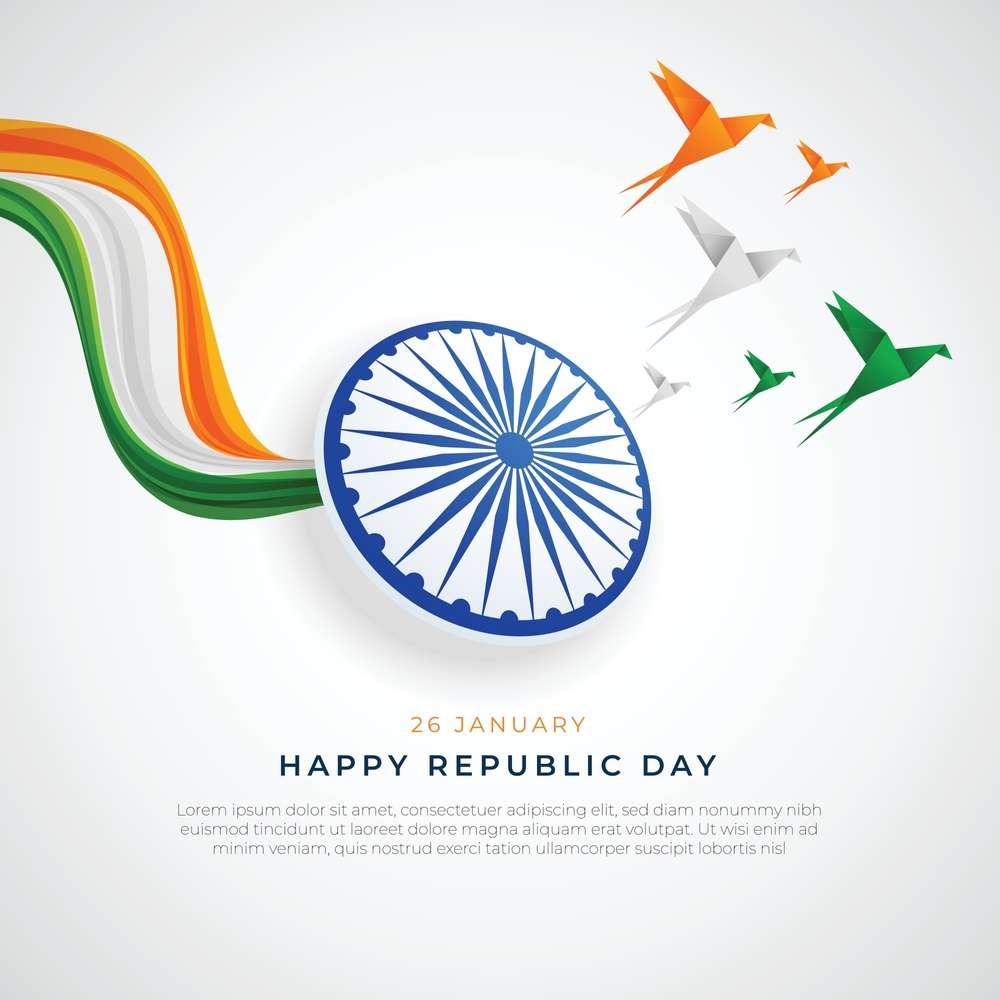Numerous methods exist to investigate India, including its festivals, cuisine, and religious beliefs. However, one of the most intimate and immersive methods of experiencing the country is through its journeys. In India, the route is never merely a passage between two sites. It is a lively narrative conveyed through landscapes, chai pauses, fellow passengers, unexpected delays, and delectable detours. Every route in India has its personality, cadence, and idiosyncrasies, regardless of whether it is traveled by train, bus, or automobile.
Some journeys remain in the mind not because of the destination but because of the events that transpired along the way. These include the strangers who became friends, the drowsy towns that flashed past the window, the man who sold toasted peanuts in a paper cone, or the sunset that unfolded like a dream over a desolate highway.
The Soulful Rhythm of India by Train
Train travel in India is profoundly poetic. It is a location where time appears to expand and contract simultaneously. The transition is never abrupt, even if you begin a journey at dawn in one state and awaken the next morning in another. Trains in India provide a serene journey through various cultures, dialects, and landscapes. Additionally, they frequently offer a view of India as it slowly unfolds outside your window, much like a living, breathing canvas.
A journey from Mumbai to Goa on the Konkan Railway is one of the most iconic routes. As the train traverses the littoral, passing by serene fishing villages, deep caverns, and verdant paddy fields, you realize that the voyage is as captivating as the beaches that await you at the other end. During the monsoon, this route transforms into a verdant fantasy, with cascades cascading down hillsides, mist ascending from the forested valleys, and the entire area bathed in green.
The Darjeeling Himalayan Railway, a UNESCO World Heritage miniature train, is another unforgettable route that ascends gradually from New Jalpaiguri to the hazy hill town of Darjeeling. As it traverses tea estates and small mountain villages, you will encounter schoolchildren, inhale the fragrance of pine, and transition into a slower, more traditional mode of transportation. There is no urgency in this location; only loveliness is present.
INDIAN VISA FOR MONGOLIAN CITIZENS
Winding Roads and Quiet Discoveries by Car
A certain sense of liberation is associated with traveling through India—windows down, music playing, map discarded. It enables you to pause at your discretion, take the longer route simply because it feels right, and discover destinations no itinerary would recommend.
A road that defies gravitation and logic is the one from Manali to Leh, one of the most scenic journeys. Snow-capped mountains, aquamarine rivers, desolate plateaus, and sky-touching passes such as Rohtang and Tanglang La comprise more than 470 kilometers of unadulterated nature. Each turn is an expedition, and each descent to a lower altitude introduces a novel landscape. It is undeniably one of the most rewarding journeys despite its difficulty. You are not the same individual who began the journey when you arrived in Leh.
While the journey from Bangalore to Coorg is more leisurely in the southern region, it is no less delightful. The road winds through coffee estates, cascades, and quiet hamlets. The air shifts as you ascend into the hills, becoming crisper and redolent with moist earth and eucalyptus. The essence of the road is embodied by the small moments, such as stopping for filter coffee, sharing the road with cows and scooters, and listening to local radio stations.
The Unsung Stories of India by Bus
In India, bus journeys are frequently perceived as practical, budget-friendly, and less glamorous; however, they possess a unique allure. They are transformed into communal spaces that facilitate mirth, exchange of refreshments across aisles, whispering tales between strangers, and transient observation of other lives, particularly on long-distance routes.
The Munnar to Thekkady voyage in Kerala is a remarkably gorgeous route. A chimpanzee may occasionally observe you from the trees, or a group of pupils may wander barefoot along the road as the bus traverses spice plantations and dense forests. Yes, it is sluggish; however, it is the type of slowness that compels you to examine the world beyond your window with greater attention.
Another noteworthy route is the one that traverses the arid landscapes of Rajasthan, from Jaipur to Jodhpur. Village women in colorful sarees carrying water containers, verdant fields, and camels on the roadside will be encountered. The tranquil rhythm of the desert, far from the touristic luster of forts and palaces, is introduced to you during the bus journey.
INDIAN VISA FOR MONTENEGRIN CITIZENS
Embracing the Journey, Not Just the Destination
The allure of travel in India is that it defies the constraints of modern efficiency. Things are delayed. Roads are unpredictable. Half an hour may be required for a refreshment break. However, the excitement of discovery is inherent in this very unpredictability. When traveling in India by train, bus, or car, you relinquish control in the most advantageous manner imaginable. You permit the land, the people, and the tempo to influence your experience.
India teaches you that journeys are not solely about physical movement but also interpersonal interactions. Meeting yourself in peaceful moments, meeting acquaintances who transform you, and meeting a country that unfolds differently each time.
Therefore, if you intend to travel throughout India, it is advisable to exercise caution. Select your routes with your emotions rather than solely based on your schedule. Allow the road, rail, or decrepit transport to demonstrate what no guidebook ever could. Because the route in India is not merely a means of transportation; it is the site of the narrative.
More articles: How to Avoid Tourist Traps in India

